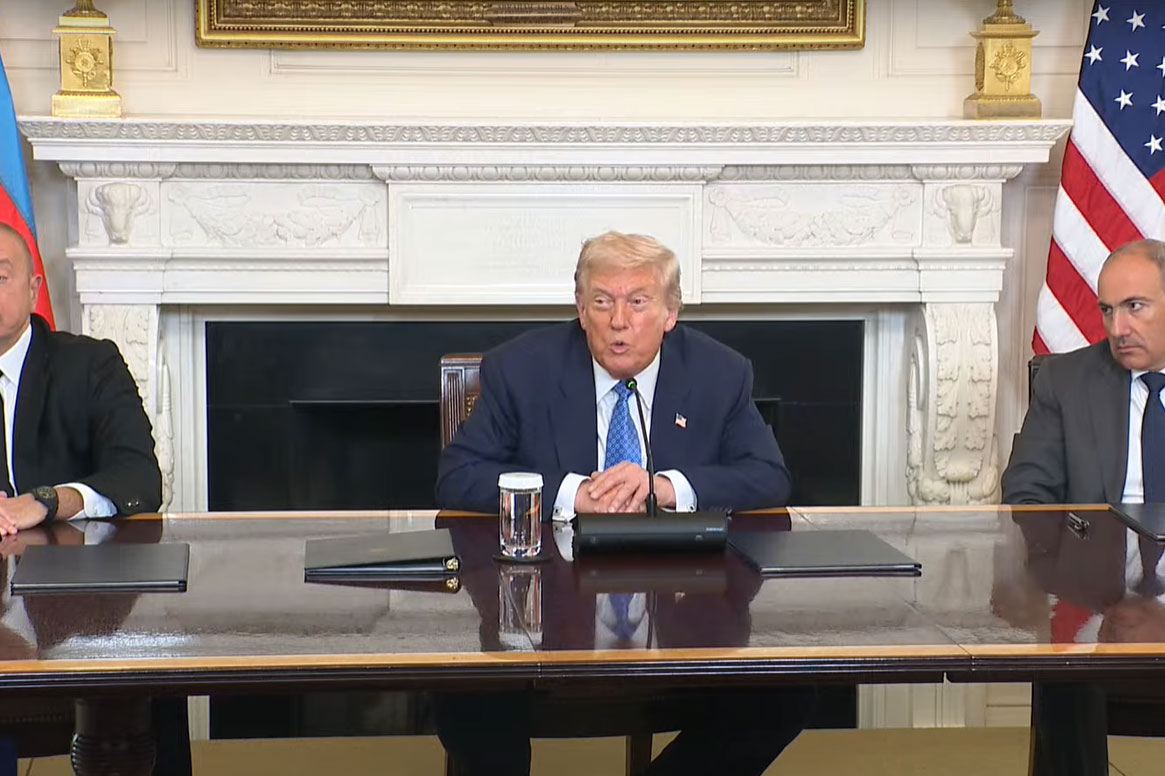ISW: Give up your fortress belt shield, take nothing in return—Putin’s ceasefire pitch to Ukraine

Kremlin officials are reportedly demanding that Ukraine surrender the Ukrainian “fortress belt” in Donetsk Oblast before any ceasefire, a move the Institute for the Study of War (ISW) says is deliberately designed to be unacceptable. The think tank assessed that Moscow “lacks the means to capture” the fortified cities and instead wants Kyiv to abandon them “in exchange for nothing.”
Putin’s demands target Ukraine’s strongest defense line
Bloomberg reported on 8 August that Vladimir Putin’s proposal would require Ukraine to withdraw from Ukrainian-controlled areas in Donetsk and Luhansk oblasts, along with Crimea, before any negotiations. The plan makes no mention of Russian withdrawal from the Zaporizhzhia Nuclear Power Plant or from positions in Kharkiv, Sumy, Dnipropetrovsk, and Mykolaiv oblasts.
According to the Wall Street Journal, two European officials briefed on the offer said it included two phases: Ukraine would first withdraw from Donetsk Oblast and freeze the frontline, followed by a peace plan to be agreed between Putin and US President Donald Trump, and later negotiated with Ukrainian President Volodymyr Zelenskyy.
Trump said at a press conference on 8 August that “there will be some swapping of territories to the betterment of both,” adding there would be “no further announcements until August 9 or later.”

Trump’s Russia deadline expires without sanctions — now he’s flying Putin to Alaska for “peace” talks
ISW stressed that conceding the Ukrainian fortress belt—a line of four major cities and several towns reinforced since 2014—would allow Russian forces to avoid “a long and bloody struggle for the ground.”
The belt, stretching dozens of kilometers along the H-20 highway from Sloviansk to Kostiantynivka, has blocked Moscow’s advance for over a decade. Losing it would push the front 82 kilometers deeper into Ukraine, positioning Russian forces within striking range of Kharkiv and Dnipropetrovsk oblasts.

Risk of new offensives after a ‘ceasefire’
The think tank warned that Russian forces “will almost certainly violate any future ceasefire or peace agreement” without robust monitoring and security guarantees. Ceding the belt would also force Ukraine to urgently fortify open terrain at the Donetsk Oblast border, which ISW described as “significantly less defensible than the current line.”
Russian troops have repeatedly failed to seize Sloviansk, Kramatorsk, and Druzhkivka since 2022. ISW noted that taking them now would require years of combat and high losses, making a negotiated surrender far more advantageous for Moscow. It would also spare Russian forces from costly battles for Pokrovsk and Myrnohrad, and allow them to bypass Ukraine’s westernmost Dobropillia-Bilozerske defensive line.
Ongoing strikes signal lack of good faith
While the proposal circulated, the Ukrainian Air Force said Russia launched four jet-powered drones and 104 Shahed-type strike and decoy drones overnight on 7–8 August. Of these, 79 were downed, but 26 struck ten locations, damaging civilian and industrial infrastructure in Kharkiv City’s Saltyvskyi Raion, Bucha Raion in Kyiv Oblast, and in Sumy and Odesa oblasts.
ISW concluded that these continued strikes, combined with Kremlin messaging that “only Putin will dictate the terms of peace,” show the Russian leader “remains disinterested in good-faith negotiations” and still seeks Ukraine’s capitulation.